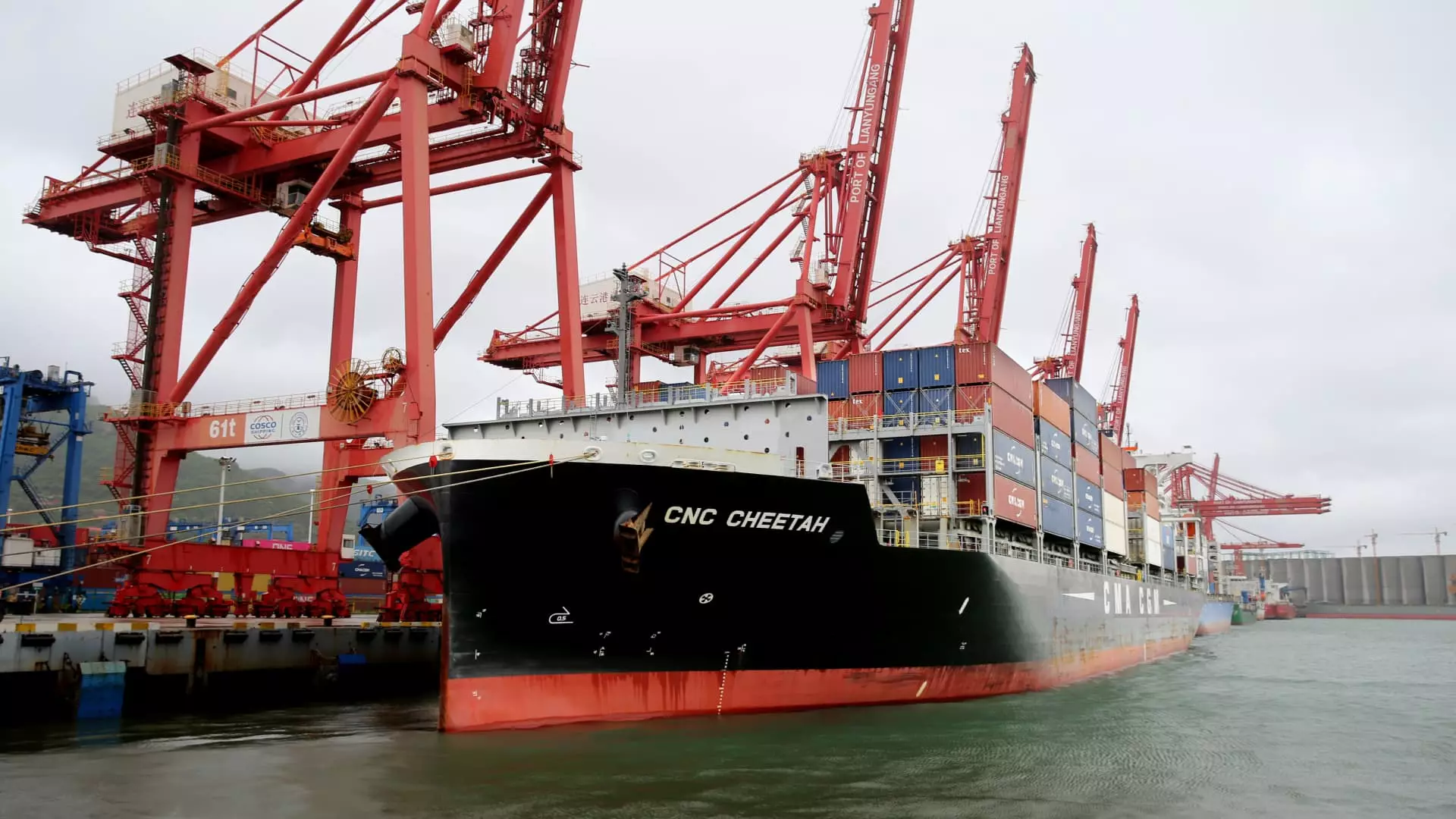America finds itself in a precarious situation regarding trade policy, as reported by the Yale Budget Lab. The current average effective tariff rate stands at an astonishing 17.8%, marking the highest level since 1934. This is not just a statistic; it is a reflection of the burdens being imposed on American households, which are projected to face an immediate hit of approximately $2,800 due to these exacerbating tariffs. This rise in tariffs, particularly following the chaotic trade negotiations with China and the United Kingdom, signals a troubling trend towards economic isolationism dressed in the guise of national benefit.
What should be particularly alarming is the continuous menu of tariffs instigated by the previous administration, which have collectively shoved the average effective tariff rate up by a whopping 15.4 percentage points since Trump’s second term. While it’s easy to spin tales of economic strength based on trade agreements, the grim reality reveals that the average American consumer is left to grapple with escalating costs and dwindling purchasing power. Tariffs aren’t merely a line item in a trade balance; they represent an insidious tax on the everyday American that has profound implications on the economy.
Illusion of Progress with China and the U.K.
The recent decisions to temporarily slash duties on Chinese imports to a mere 30% from over 145% for 90 days, or the promise of a 10% tariff rate on U.K. automobiles, are more illusions than actual solutions. These adjustments seem more like desperate attempts to placate an economically strained populace rather than signs of substantive progress. The reality is far starker; the prior average effective tariff rate on consumers was estimated at a staggering 28% before these trade agreements, showcasing that any perceived reduction is marginal at best.
The Yale Budget Lab’s assertions regarding companies and consumers altering their purchasing behaviors are not just conjectures; they represent a crucial adaptation to the economic turmoil we currently face. Shifts in buying patterns are not hypothetical; they are survival strategies in a market that has been artificially altered by government policy. The anticipated average tariff rate of 16.4%, while slightly reduced, would still deliver a crushing legacy of economic pain, reminiscent of the challenges faced during the latter part of the Great Depression.
The Big Picture: Erosion of Consumer Power
The implications of soaring tariffs extend far beyond mere economic statistics. A culture of protectionism risks undermining the very foundations of consumer choice and market competition. The continuous imposition of tariffs signals to businesses that they can pass on these costs, leading the average consumer into a corner where affordability becomes unattainable. The fact that even after a decrease, we’re still witnessing the highest rates since 1937 presents a troubling forecast for the economic future.
As politicians tout trade deals and navigate the complex waters of international relations, they should reflect on the real-life consequences of their decisions. Instead of fostering a healthy economic environment through competitive pricing and innovative markets, we are witnessing a regression toward a state of dependency on government policy, leading to long-term ramifications for consumer welfare. The escalating tariff situation is a reminder that economic prosperity cannot be legislated; it must be nurtured through policies that respect free trade and vibrant marketplaces.

